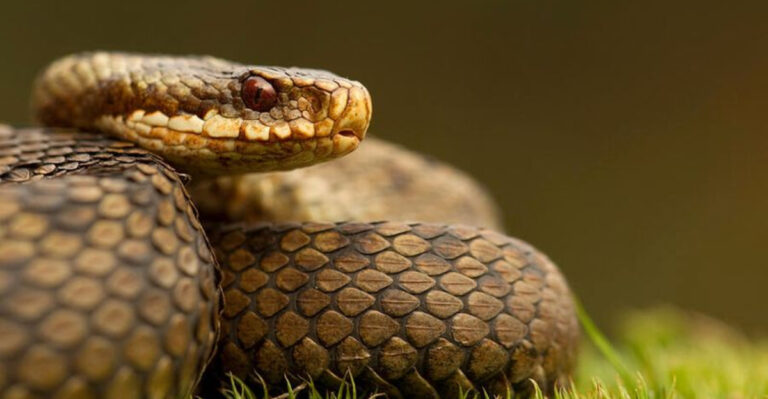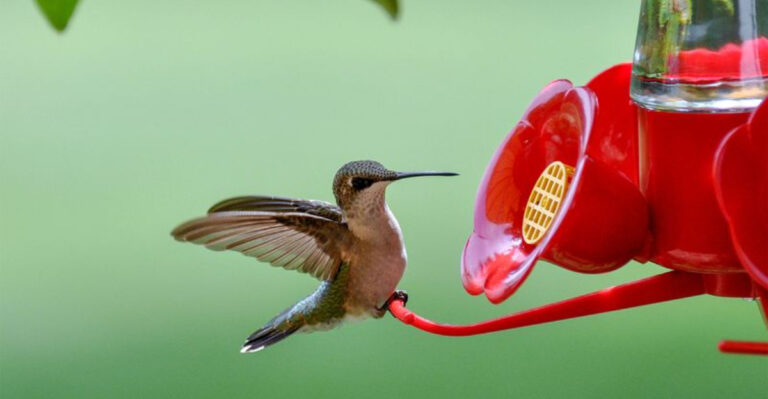14 Reasons White-Tailed Deer Are Thriving Across U.S. Suburbs
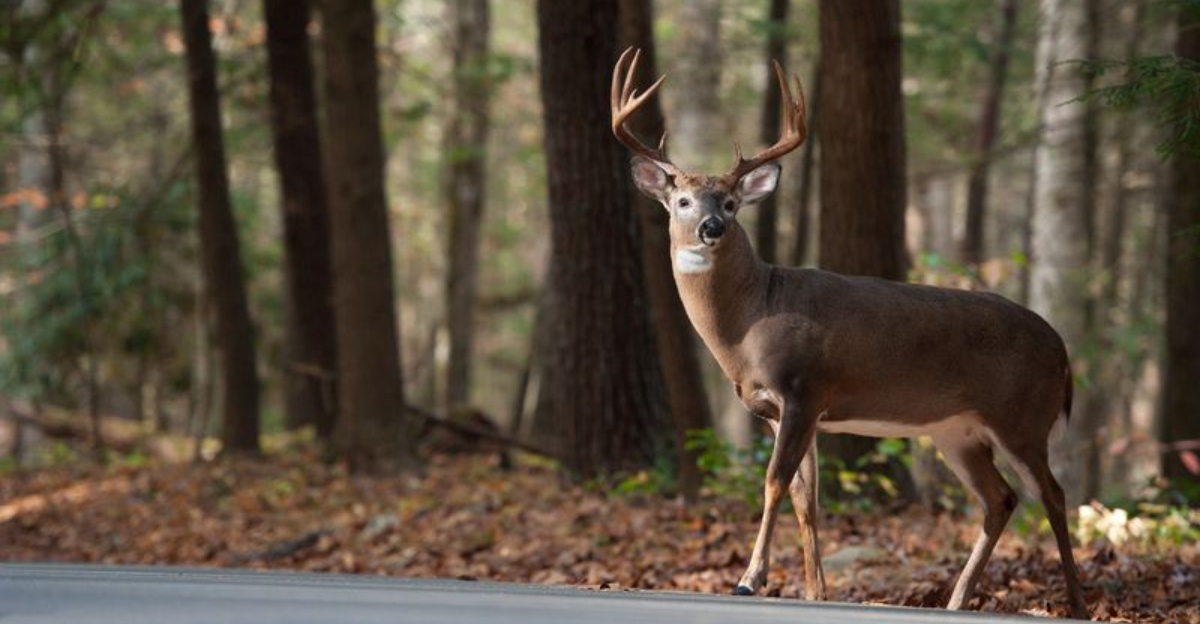
Ever notice those elegant creatures grazing boldly on your neighbor’s prized roses? White-tailed deer have become unexpected suburban success stories, transforming from shy forest dwellers to confident town residents.
Their remarkable ability to adapt to human-dominated landscapes has led to booming populations in neighborhoods across America, creating both delight and challenges for communities.
1. Buffet Of Landscaped Gardens
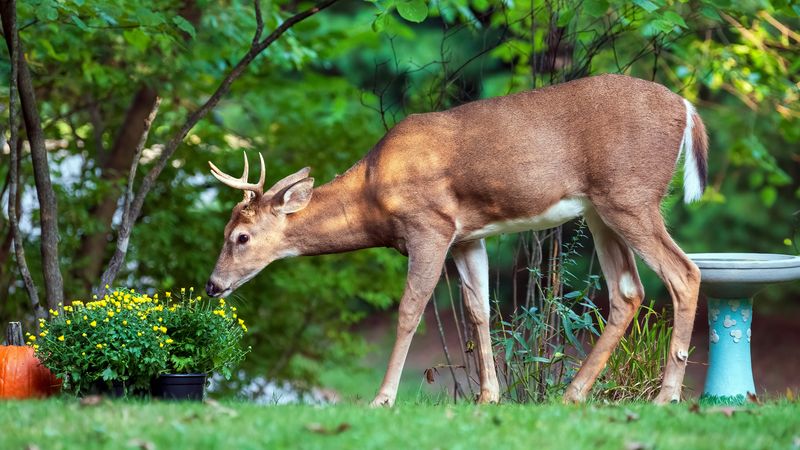
Your carefully tended hostas and tulips? Pure deer candy! Suburban landscaping provides year-round nutritional bonanzas that wild forests simply can’t match.
Ornamental plants lack natural defenses against browsing, making them easy targets. Plus, the diverse plant selection ensures something’s always in season for hungry deer families.
2. Predator-Free Living
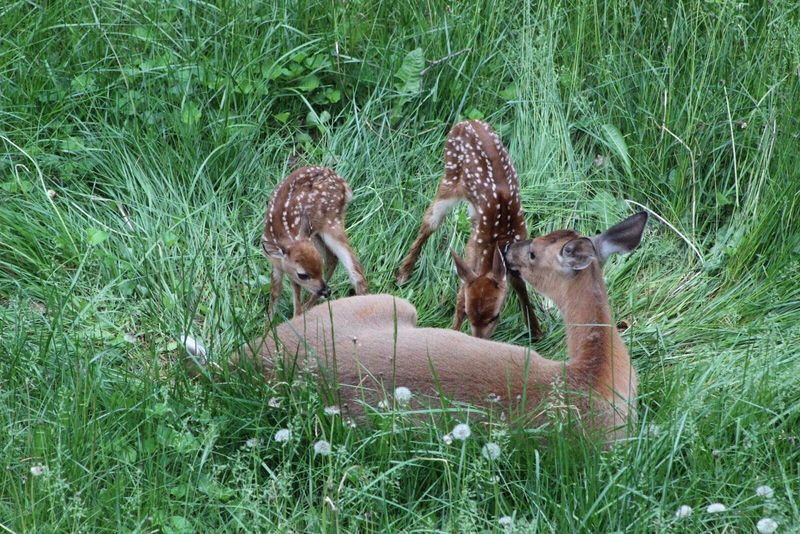
Wolves and cougars don’t exactly blend in with picket fences. Natural predators have vanished from suburban areas, removing the main population control mechanism for deer.
Without these threats, deer survival rates skyrocket. Even fawns have significantly better odds in suburban areas compared to their rural cousins facing predator pressure.
3. Hunting Restrictions In Populated Areas
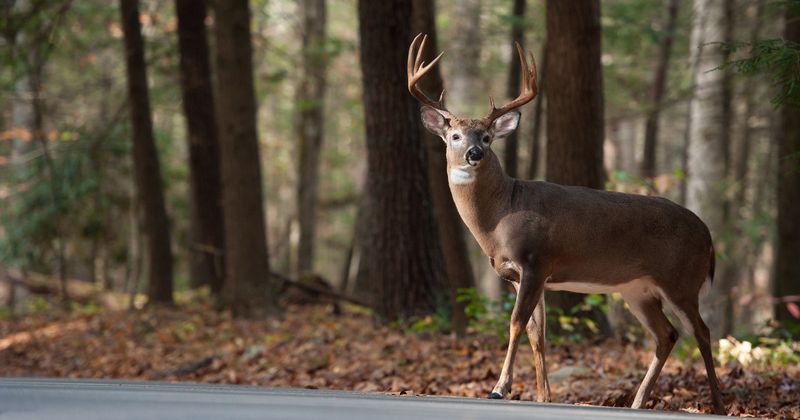
Try hunting in a subdivision and see how fast the police arrive! Municipal regulations typically prohibit hunting with firearms within city limits for obvious safety reasons.
These protected zones become deer sanctuaries where populations grow unchecked. Some communities are exploring controlled hunts or sterilization programs to manage numbers, but implementation remains challenging.
4. Edge Habitat Advantages

Suburbs create perfect “edge habitats” – those transitional zones between forests and open spaces that deer absolutely love. These boundaries offer both protective cover and feeding opportunities in one convenient location.
Research shows deer prefer these edges to deep forest. The mix of wooded patches, open lawns, and shrubby borders creates ideal browsing conditions while providing escape routes.
5. Water Sources Galore
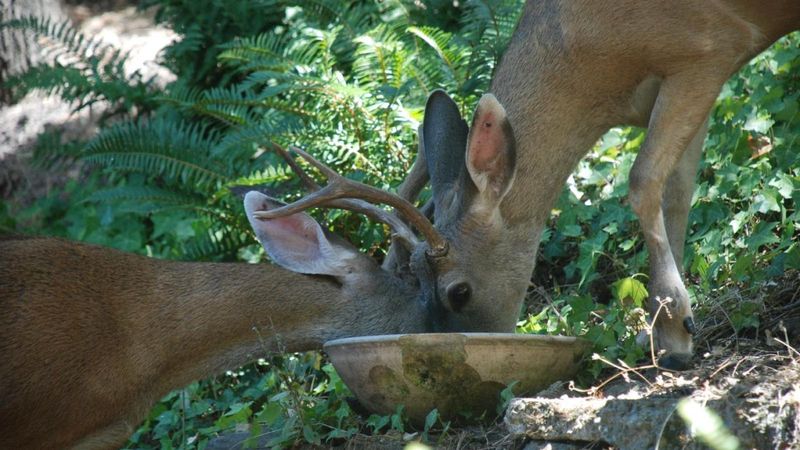
Sprinkler systems, decorative ponds, and swimming pools offer reliable water access even during drought periods. Deer no longer depend solely on natural streams or ponds.
Many homeowners unknowingly create perfect deer habitats with their water features. Even bird baths provide drinking opportunities for these adaptable creatures when natural sources dry up.
6. Decreased Car Wariness

Suburban deer have learned that most vehicles won’t chase them! Regular exposure to traffic has created generations of deer with reduced flight responses to cars.
This behavioral adaptation helps them navigate developed areas but contributes to collision risks. Studies show suburban deer have smaller flight distances than their rural counterparts, allowing closer approaches before fleeing.
7. Year-Round Food Availability
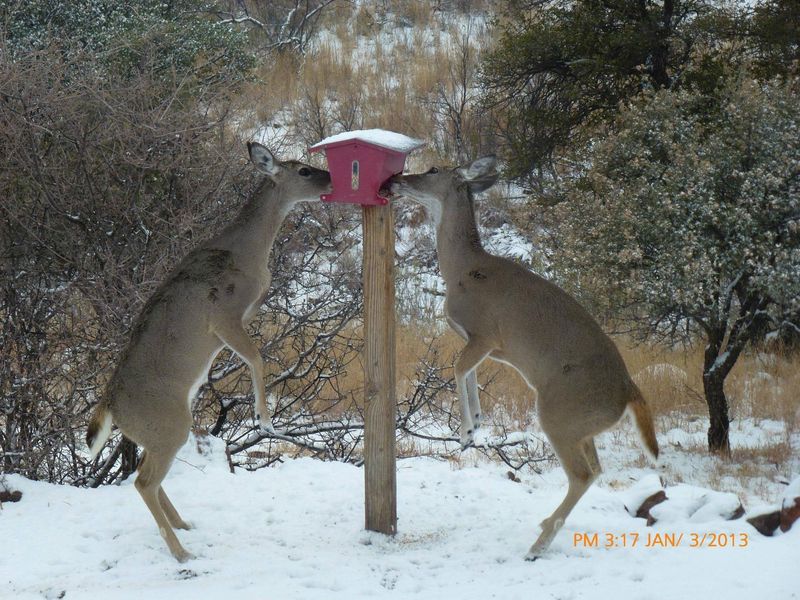
Winter in the wild means slim pickings, but suburbs offer continuous dining options. From fallen birdseed to compost piles, supplemental food sources help deer through harsh months.
Some well-meaning residents even deliberately feed deer, though wildlife experts discourage this practice. Regardless, these food sources significantly increase winter survival rates compared to forest populations.
8. Fragmented Forest Adaptation
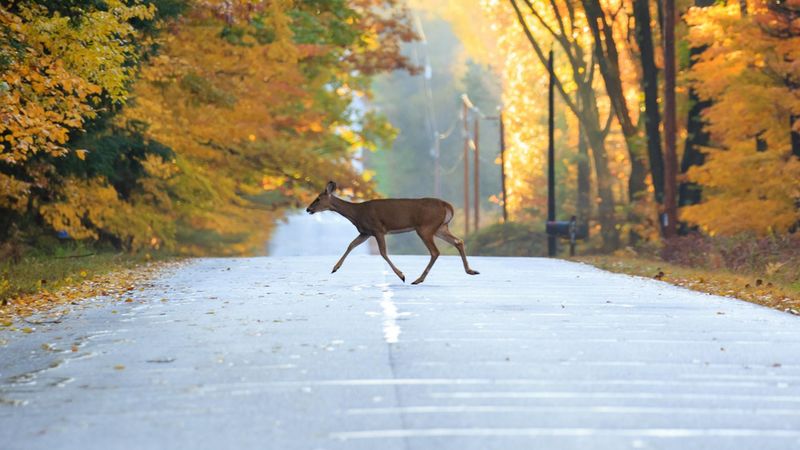
Talk about making lemonade from lemons! Deer have masterfully adapted to navigate between isolated forest patches using suburban corridors as highways.
These savvy creatures memorize safe routes through neighborhoods, using shrubs and fences as cover. Their excellent spatial memory allows them to create mental maps of resources spread across developed landscapes.
9. Surprising Heat Island Benefits
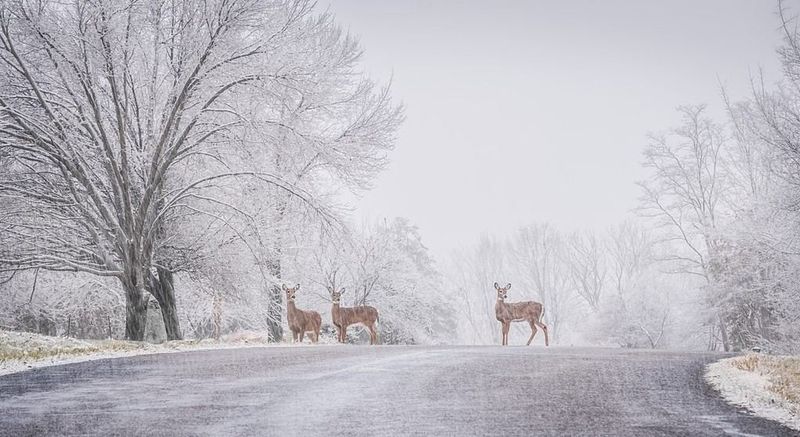
Urban heat islands create microclimate advantages for deer during harsh winters. Temperatures in developed areas can be several degrees warmer than surrounding forests.
This temperature difference reduces energy demands during cold snaps. Snow melts faster in these areas too, making winter browsing easier and decreasing the physical stress that typically limits deer populations.
10. Human Behavior Predictability

We’re creatures of habit, and deer have us figured out! They’ve learned our routines – when we leave for work, when dogs get walked, when it’s safe to visit gardens.
This knowledge lets them maximize feeding while minimizing human contact. Many homeowners don’t realize the deer raid their gardens precisely when they’re reliably away or asleep.
11. Accelerated Adaptation Abilities
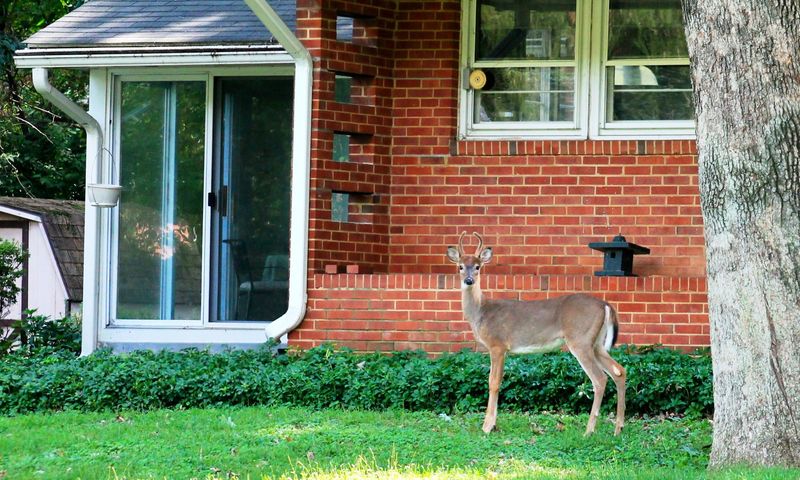
Suburban deer are evolving faster than their forest relatives! Research suggests they’re developing different behavioral traits and even digestive capabilities suited to human environments.
These deer show greater tolerance for human activity and noise. Some studies indicate their gut microbiomes are shifting to better process ornamental plants that weren’t part of their ancestral diet.
12. Reduced Disease Pressure
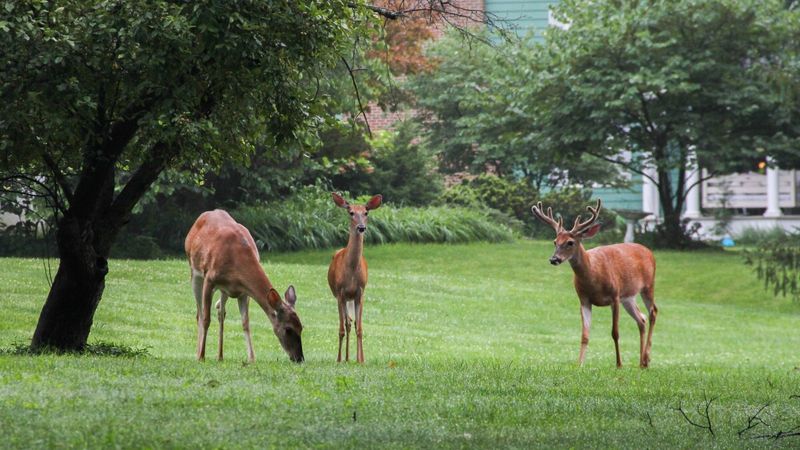
Counterintuitively, some parasites and diseases affect suburban deer less than forest populations. The fragmented nature of suburban habitats can disrupt transmission cycles of certain pathogens.
Tick-borne diseases sometimes occur at lower rates in these areas. Additionally, better nutrition from high-quality landscaped plants may boost deer immune systems, helping them resist certain ailments.
13. Fencing Challenges For Homeowners

Jumping champions of the animal world! White-tailed deer can easily clear standard 6-foot fences, making most homeowner deterrent attempts futile without specialized barriers.
Effective deer fencing needs to be at least 8 feet tall or angled outward. This practical challenge means many properties remain accessible to deer despite owners’ best efforts.
14. Increased Public Fascination
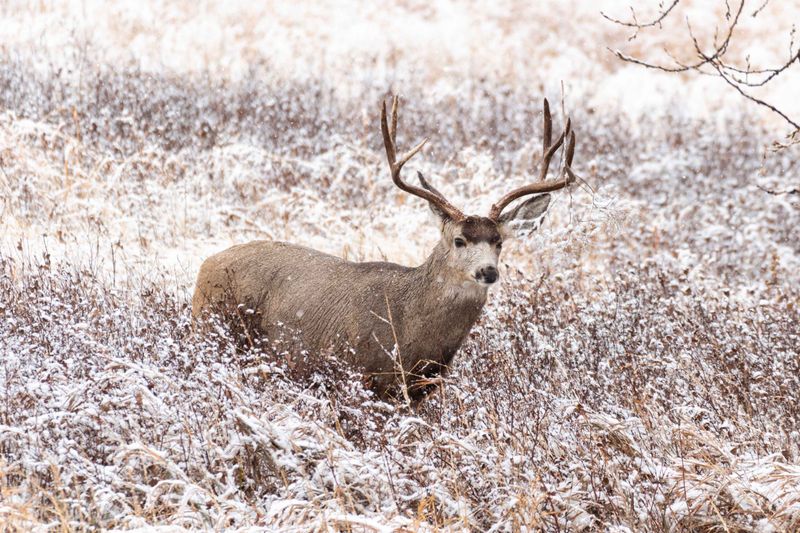
Who doesn’t slow down to watch a deer family? Growing public interest in wildlife viewing has created more tolerant attitudes toward suburban deer in many communities.
Social media sharing of deer encounters reinforces positive perceptions. Many residents enjoy their presence despite landscape damage, creating neighborhood divisions about management approaches and further benefiting deer populations.




